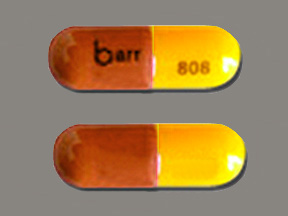Learn A Little – How Leukemia Treatment Is Changing
by Kristina Gaddy, volunteer with Hero
Author, writer, hematologist, and oncologist Jerome Groopman is well known for writing about health topics, specifically cancer and HIV/AIDS for the non-medical community. This week in an article in The New Yorker magazine, he reveals the new way doctors are approaching leukemia treatment.
Four years ago when I was diagnosed with a sub-type of acute mylogenous leukemia (AML) called acute promyelocytic leukemia (APL), the doctors told me I was lucky. I didn’t know exactly what they were thinking – how can leukemia ever be lucky? I soon learned that in the 1980s, oncologists in China and France found out that they could accomplish the gold standard of cancer treatment with APL: they could “re-educate” the cancerous cells and tell them to become normal again. A combination of All-Trans Retinoic Acid (ATRA, a type of vitamin A) and arsenic trioxide (ATO) would fix the chromosomal abnormality, the core of the problem with APL. As Groopman puts it:
“ATRA triggered the leukemic cells to mature, whereupon they became vulnerable to the second drug [arsenic trioxide], which destroyed them. Three decades ago, the remission rate for acute promyelocytic leukemia was forty per cent. Today, with the combination therapy, it is ninety-five per cent, and most of those patients are cured.”
A cure: that’s what makes APL a better type of leukemia to get.
The unassuming pill that can cure acute promyelocytic leukemia.
When I was in treatment four years ago, they were still combining the ATRA and arsenic trioxide with standard treatments of daunorubicin and adriamycin – the nasty chemos that blast all fast growing cells. They make you nauseous and cause hair loss, but they also can cause heart damage and kill healthy blood cells, leaving patients susceptible to excessive bleeding and infections. Now, there are clinical trials to treat early-stage patients with only ATRA and ATO.
Researchers are trying to create drugs that will do the same thing that ATRA and ATO do for APL for other types of leukemia, and even other types of cancers. Groopman goes into detail about one genetic mutation that causes AML; a problem with the enzyme called IDH-2. A new drug that is available in clinical trials works to fix the enzyme and get it working again, which turns the cancer cells back into normal cells. And sometimes, this treatment works where all others have failed. Groopman describes the miracle of the drug called AG-221:
“Stein described one patient to me, a woman in her late sixties with A.M.L. She had already undergone a bone-marrow transplant, had relapsed, and then had more chemotherapy; nothing helped. To Stein’s surprise, after three months on AG-221, her leukemia had gone into complete remission and her blood count had returned to normal.”
The assumption has always been that the cancer must be destroyed, but these new advances are showing us that understanding the complexities of the chromosomal and DNA changes that occur in cancer could lead to fixes rather than destruction.

